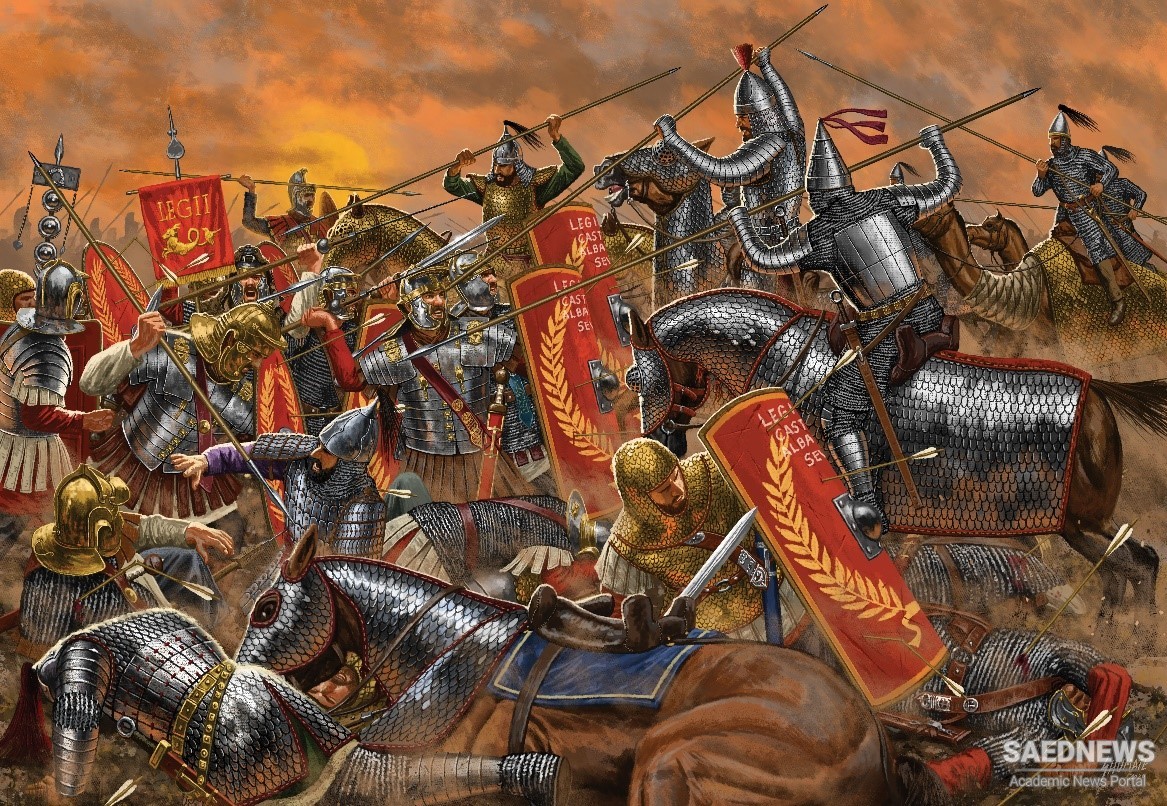The Parthian military won renown as an outstanding cavalry- based force capable of meeting multiple threats. Emulating the Achaemenids’ high level of training, the Parthian forces, mounted on a new breed of larger horses with more stamina, mastered the difficult art of fighting as heavy cavalry in the age before the invention of the stirrup. By combining the two tactical elements of missile power and shock, the Parthians created a system that caught their foes off guard and unbalanced them. After upsetting enemy formations with barrages of arrows, the Parthian horsemen attacked gaps and exposed flanks with bowshots capable of piercing armor and lances effective against shields. The Parthians never developed a siege train and were so unfamiliar with the technology that they failed to make use of the significant amounts of equipment captured from the Romans. The Parthians also had no major naval capabilities despite the extension of the empire to the Persian Gulf and the Indian Ocean. The Parthian heavy cavalryman was one of the most able and feared fighters of antiquity. Called a “cataphract,” the Parthian mounted warriors were equipped much like medieval European knights. The cataphract wore a steel helmet and a coat of mail that reached to the knees and was made of rawhide covered with scales of iron or steel that enabled it to resist strong blows. His charger also was covered from head to knees by scale armor of either steel or bronze. The cataphract was armed with a lance long and thick enough to give it the weight and power to unseat, if not kill, an opponent. He also carried a large and powerful compound bow that outranged Roman and others’ weapons and was capable of propelling arrows strongly enough to penetrate the armor of Roman legionaries. Fielding an armored horseman was so expensive that the number of Parthian cataphracts was limited (Source: Immortal).


 Strategic Errors and Fall of Persian Empire
Strategic Errors and Fall of Persian Empire














































